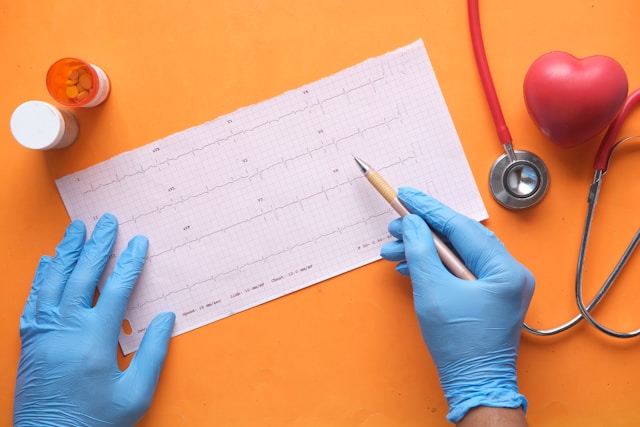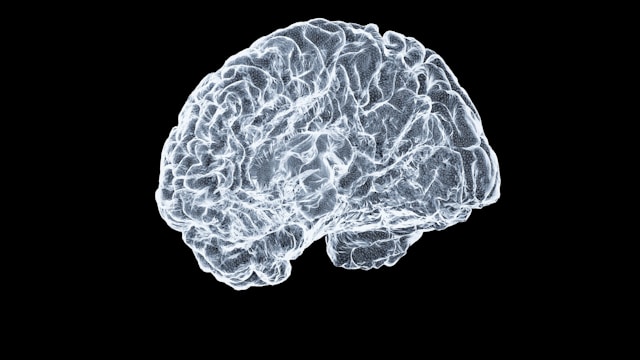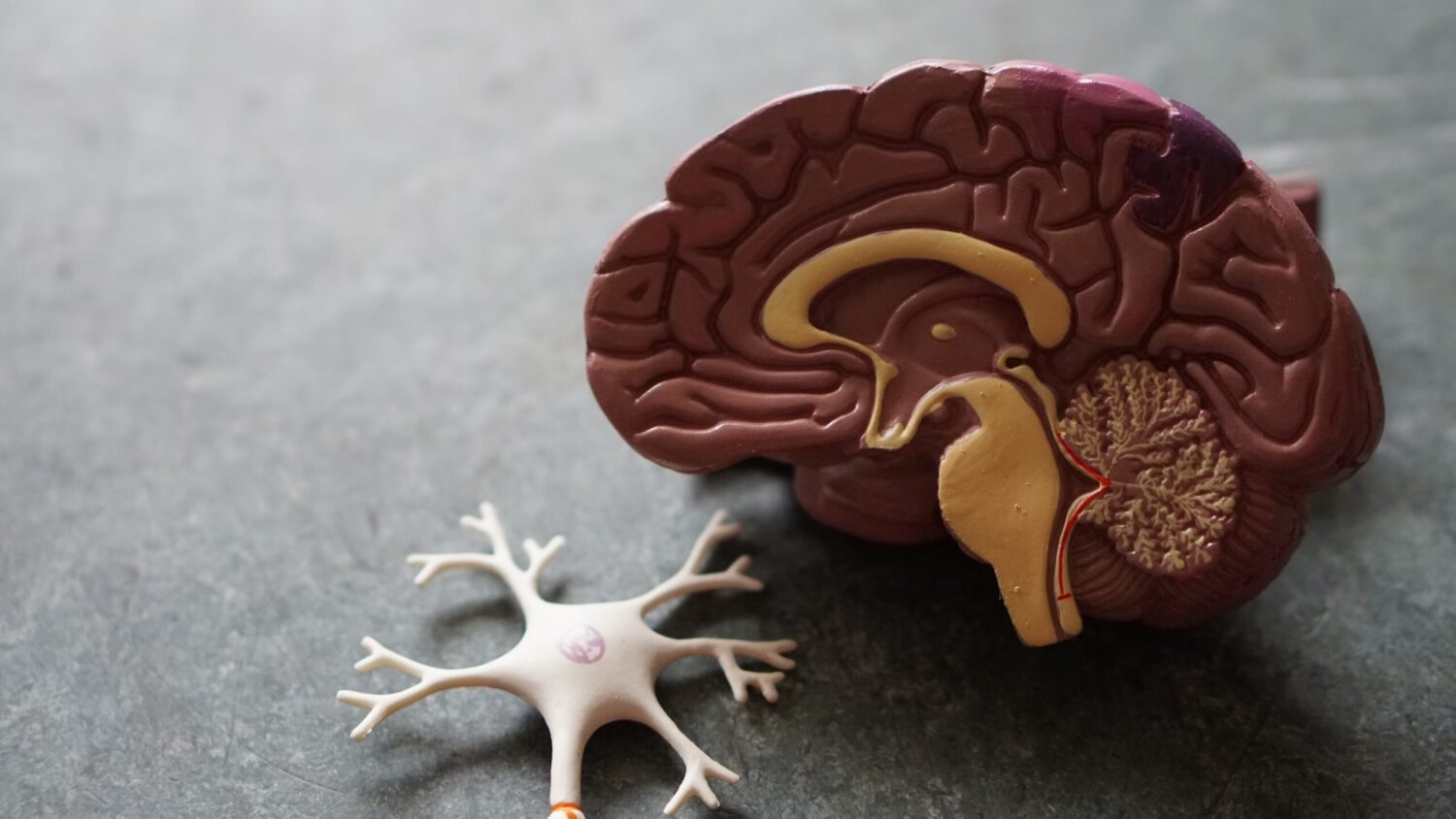Authors:
A.V. Schulkin, I.V. Chernykh, Yu.V. Abalenikhina, M.V. Gatsanoga, O.A. Andryushin, N.A. Kruzhalov, E.N. Yakusheva
FGBOU in the Ryazan State Medical University named after Academician I.P. Pavlova "of the Ministry of Health of Russia, Ryazan, Russia
Place of publication:
Journal of neurology and psychiatry named after S.S. Korsakova
2025, vol. 125, No. 2, p. 107–112
The purpose of the study. To study the effect of Mexol's drug on the level of factors regulating neurogenesis.
Material and methods. The study is performed on Wistar rats. Focal cerebral ischemia was reproduced by endovascular occlusion-repertension of the right middle brain artery according to the J. Koizumi method (1986). The duration of occlusion was 60 minutes. During the start of reperfusion of animals, saline or Mexidol at a dose of 50 mg/kg were once introduced once intravenously. After 4, 8 hours and 24 hours after the start of reperfusion in the ischemic hemisphere, the relative number of molecules regulating neurogenesis was estimated by Western-Blot. Additionally, 24 hours after the start of reperfusion, the size of the cerebral infarction was analyzed after painting with a 1% solution of 2.3.5, -rypheniltetrazoli.
Results. When modeling occlusion-reperture of the medium brain artery, the volume of necrosis in the affected hemisphere of animals, which was introduced by the physiological solution, was 37.75 ± 7.46%, the administration of Mexidol at a dose of 50 mg/kg led to a decrease in necrosis to 20.48 ± 2.33% (p = 0,0006). Modeling Occlusion-Reperterposition of the middle cerebral artery was accompanied by the activation of neurotrophic factors IGF-1, NGF and vascular factor of VEGF. A single intravenous administration of Mexidol at a dose of 50 mg/kg during reperfusion was accompanied by a more significant increase
in the level of neurotrophic factors IGF-1, NGF, BDNF and VEGF in the ischemized area of the brain compared to the introduction of saline, which leads to an increase in neuro-regeneration for all surveillance periods (4, 8 hours and 24 hours and 24 hours and 24 hours and 24 hours and 24 hours and 24 hours and 24 hours and 24 hours and 24 hours and 24 hours After reperfusion), the marker of which is tubulin-3.
Conclusion. The results indicate that Mexidol not only has a protective effect on neurons, but can also stimulate neuroregeneration, increasing the level of basic regulatory molecules.
Keywords: Mexidol, ethylmethylhydroxypirinate, acute cerebrovascular disorders, neurogenesis, hematoencephalic barrier.









